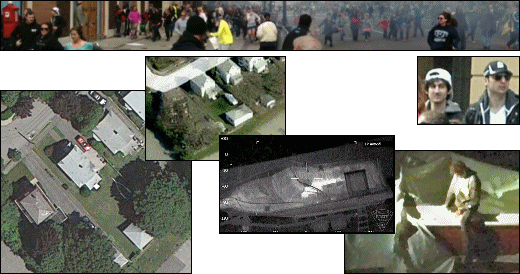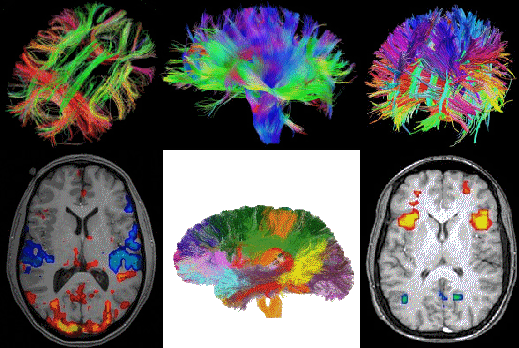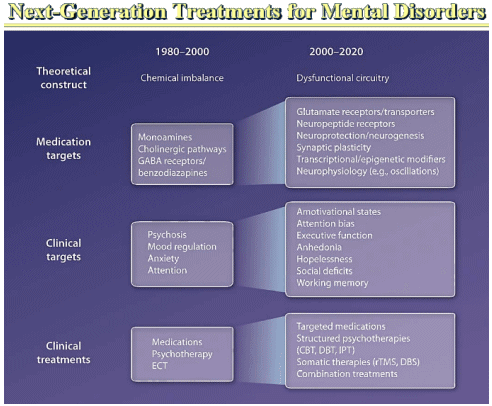
Last week, we watched in awe as the authorities were able to mobilize technology to solve a pretty sticky problem – finding the Boston bombers. By the third day, there was enough mass video assembled to identify them on national media [upper right]. I was personally impressed by that top shot from an iPhone [suspect far left]. When the search was underway, they showed the middle image from Bing that identified the suspect’s boat hiding place. I looked it up on my Google Earth, and the picture showed the boat trailer [obviously from a different flyover]. Then they were watching the suspect and measuring the amount of gas in the boat’s tank using a combat-tested infrared camera from a helicopter. By bed-time of the fourth day, there was a picture of the suspect getting out of his hiding place, after a robot arm pulled back the cover. Techno-sleuthing was on parade. The tools were there, they fit the problem to a tee, and you could just feel that they knew what they were doing..
In between the happenings in Boston, I was reading Neuroskeptic’s post about some difficulties analyzing fMRI data [fMRI: More Voxels, More Problems?]. His post was out of my league, but it set me thinking about the ubiquitous topic of neuroimaging [as I watched the mass videography poring out of Boston] and I thought about our love affair techno-anything. Back in the 1980s, the early neoKraepelinians couldn’t stop talking about neuroimaging [then, it was PET scans] and it’s still right on the tip of their tongues [now it’s fMRI scans or the Human Connectome Project]. The allure of seeing the brain in action and the brain’s circuitry is a Siren’s song we yearn to follow:

-
First, mental illnesses are presumed to be disorders of brain circuits.
-
Secondly, it is assumed that the tools of clinical neuroscience, including functional neuroimaging, electrophysiology, and new methods for measuring neural connections can be used to identify dysfunction in neural circuits.
-
Third, the RDoC approach presumes that data from genetics research and clinical neuroscience will yield biosignatures that will augment clinical signs and symptoms for the purposes of clinical intervention and management…
Brain circuitry model for mental illness will transform management, NIH mental health director says
British Medical Journal
by Caroline White
1 September 2011
The field of mental health is on the cusp of a revolution, which is set to transform the diagnosis and treatment of mental illness and reverse the lack of major progress made in curbing associated ill health and death over the past 100 years, the director of the US National Institute of Mental Health, has claimed… The seismic shift had been driven by what he described as three “revolutionary changes” in thinking, the first of which was that mental illness was increasingly being recognised as a disorder of brain circuitry, rather than as a chemical imbalance, thanks to neuroimaging techniques and the discovery of some key biomarkers…

Yeah, and how are those monoamine treatments working out to remodel diseased brain circuitry?
“mental illness was increasingly being recognised as a disorder of brain circuitry, rather than as a chemical imbalance” — this is because new jargon was required as “chemical imbalance” was getting embarrassing. “Disorder of brain circuitry” still doesn’t mean anything, but sounds so much more current.
Psychiatry has its own Rorschach test now.
“Disorder of brain circuitry”, wasn’t that the cause of Frankenstein’s Monster?
Just sayin’…
What can observing the brain activity of SUBJECTS being observed tell us? It can tell us how objective the observers are, I guess, but shouldn’t that be THEIR problem?
Could the idea of disordered brain circuitry be an example of disordered brain circuitry? Just sayin’.